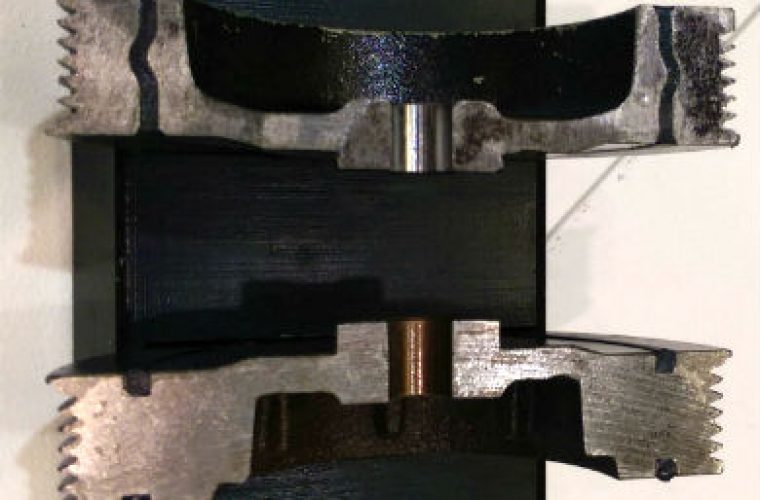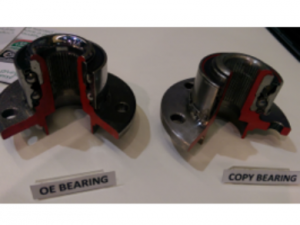The Original Equipment Suppliers Automotive Association (OESAA) took an extended range of comparison components to the recent MECHANEX show, held at the Alexandra Palace on 19th and 20th April.
OESAA aims to ensure all garages understand the true differences between OE parts and those sold as ‘matching quality’, as well as the impact copy parts can have on car safety and performance.
Reinforcing the OE message, the stand showcased OESAA suppliers’ boxes in a mockup-up motor factor, with complimentary TicTacs reminding garages that sometimes there’s no substitute for the genuine brand.
The ‘Our Quality. Your Reputation.’ motto was prominent alongside the logos of the 15 member businesses that now belong to OESAA, following the addition of FTE and GKN in April 2016.
“The components show that appearances can be deceptive,” said Nigel Morgan, OESAA Chairman. “In some cases there’s a deliberate attempt to make copies look like the genuine OE part but without there being any serious attempt to match the construction or performance characteristics.”
Amongst some clearly lower tech, lower cost, lower quality alternatives were overrunning alternator pulleys featuring a ball bearing system instead of the patented cage and needle roller used in the original equipment. Testing shows that the original outlives the cheaper version by a factor of 2.5 to 1.
A copy wheel bearing hub unit that looked similar at a glance in fact used an inferior design and construction methods to attach a separate bearing to the mounting face, where the OE part used a fully integrated assembly for strength.
Two sectioned vibration dampening pulleys displayed an even more significant difference, the OE part having a rubber dampening layer fully separating the metal inner and outer sections, and the copy part having o-rings in two channels cut into either side of a single solid metal piece. The result was an excellent cosmetic mimic – without cross-sectioning the parts the difference would be impossible to spot – which fails to even remotely match the performance specifications of the original.
The impact in all cases is the same; fitting the parts will detract from the original performance characteristics of the vehicle. At best this may make a slight difference, but as the prominently displayed gearbox that had been shaken to pieces by an aftermarket DMF replacement clutch kit showed, this is by no means always the case.
OESAA say it’s vitally important garages understand the risks they are running when they choose not to fit original equipment parts.
For more information about OESAA, click ‘more details’ below.








